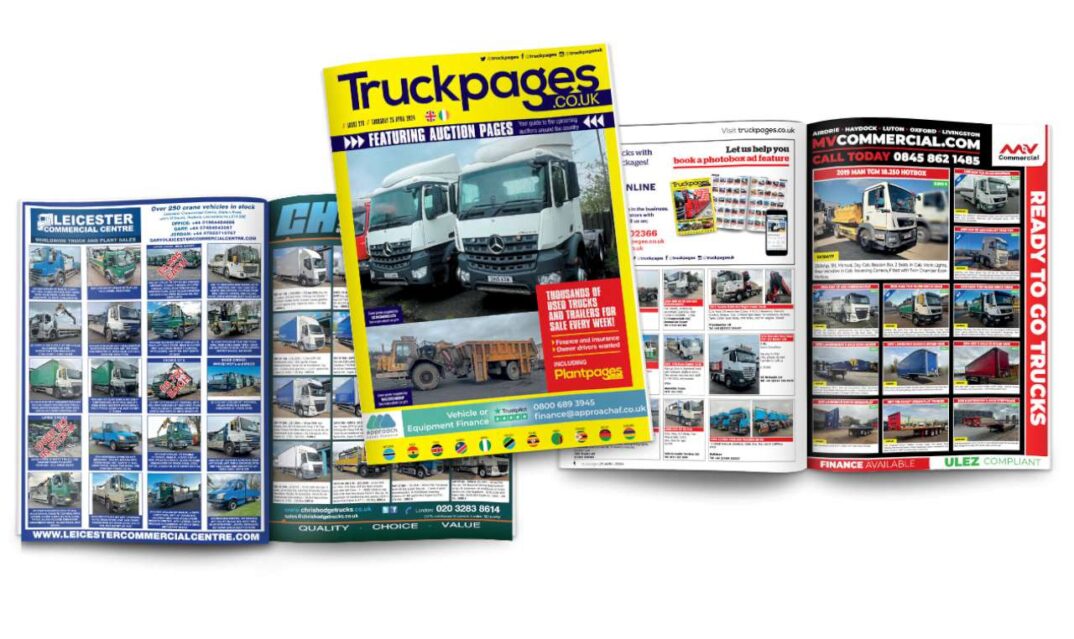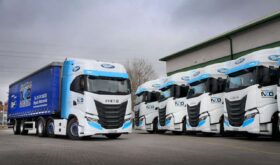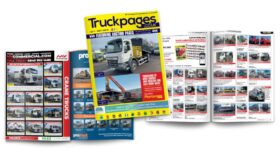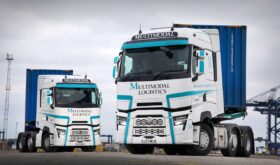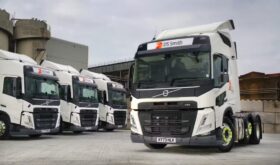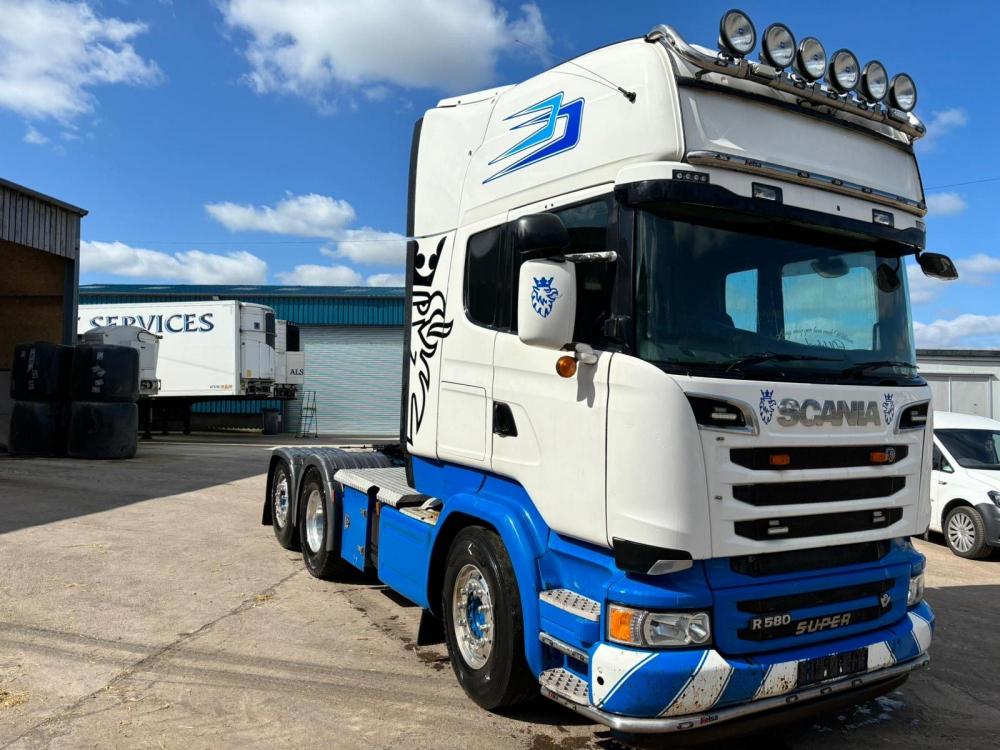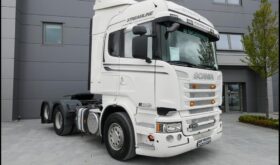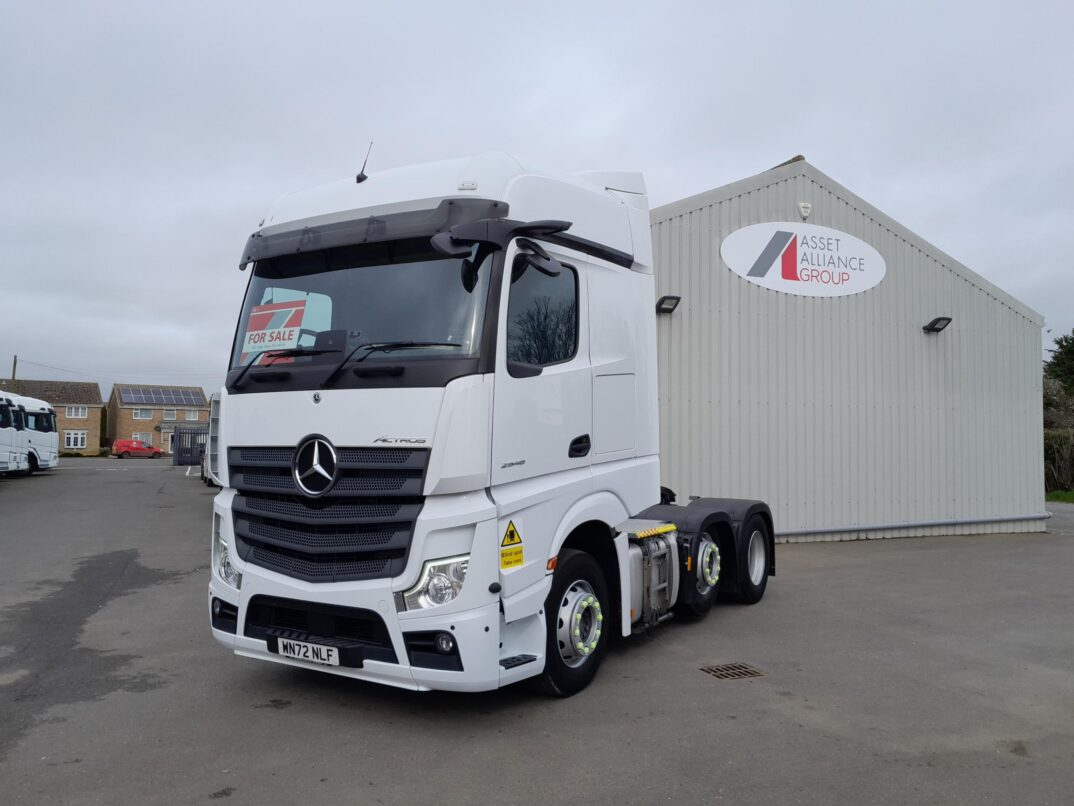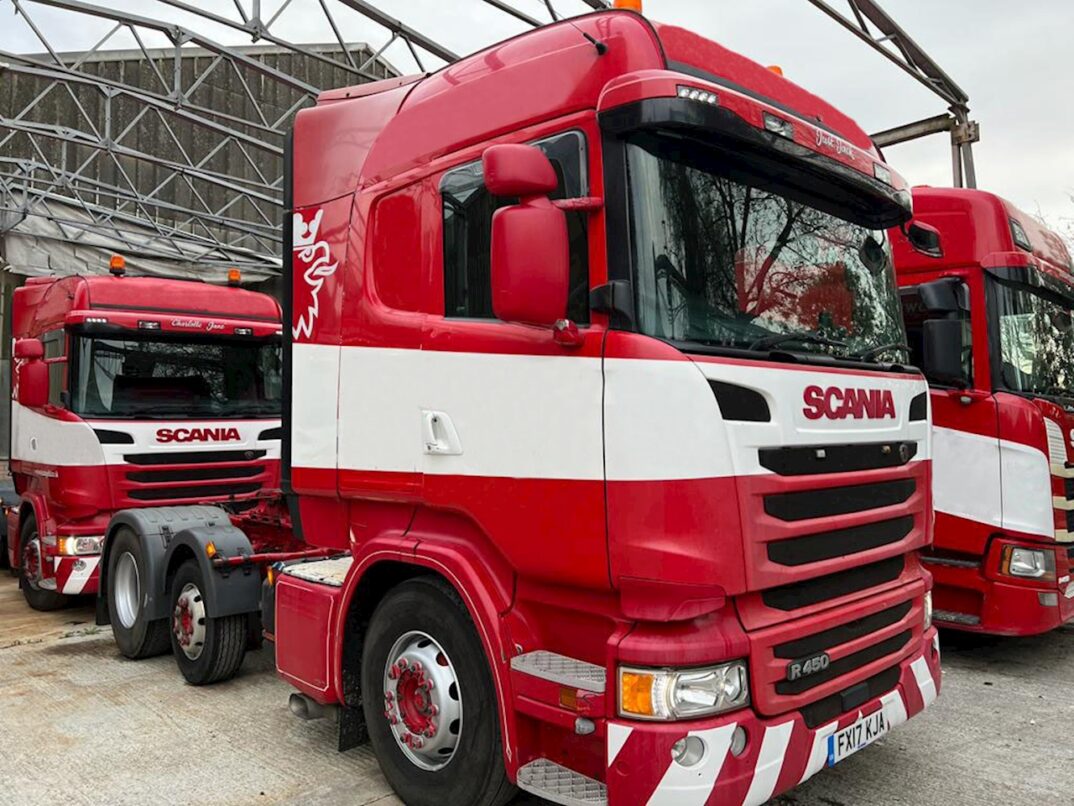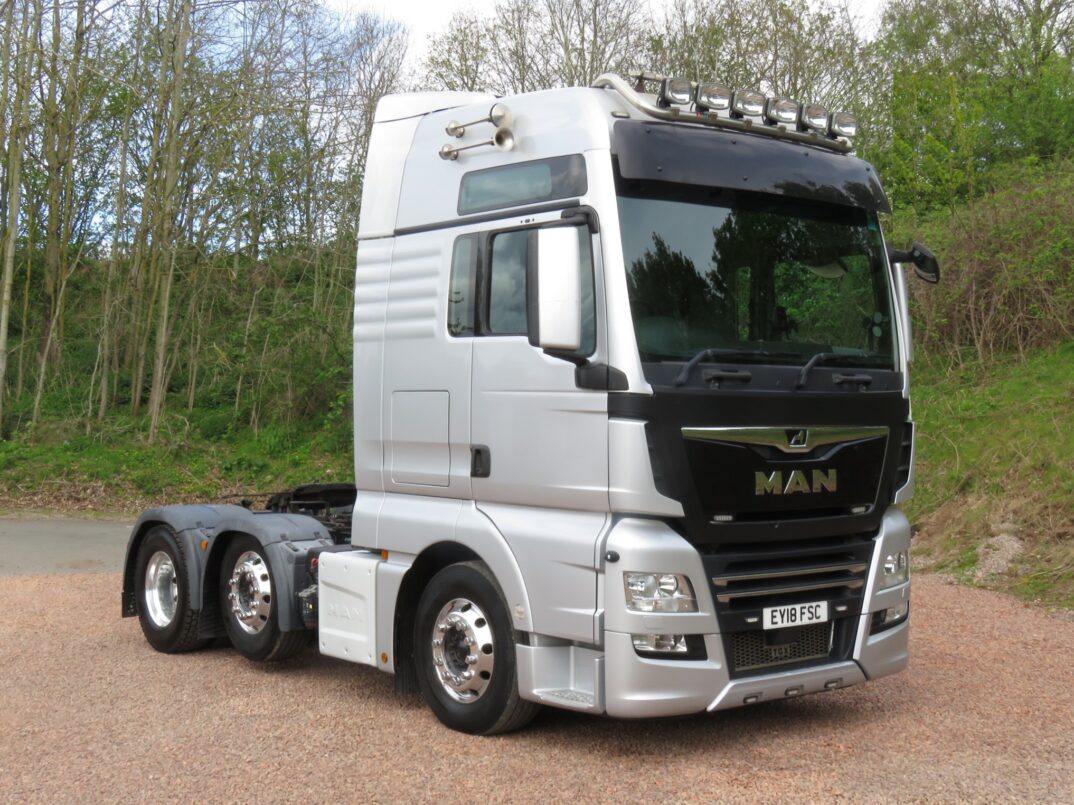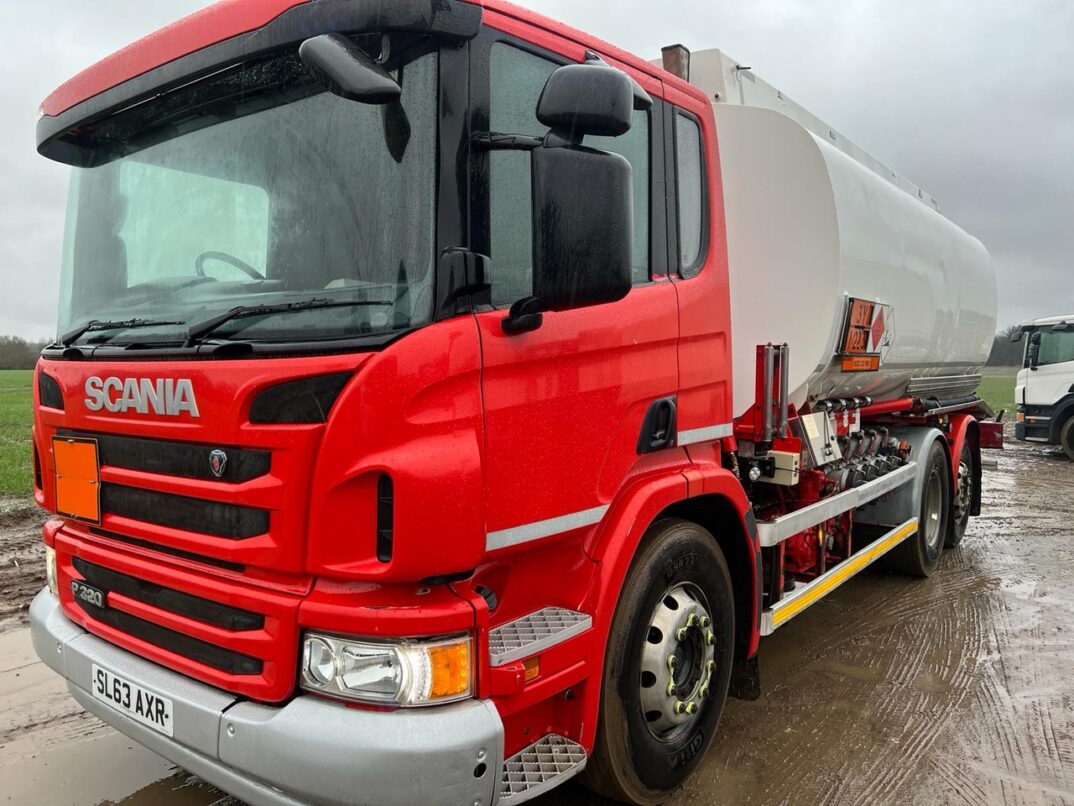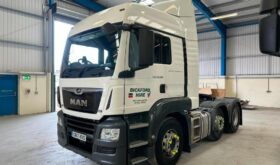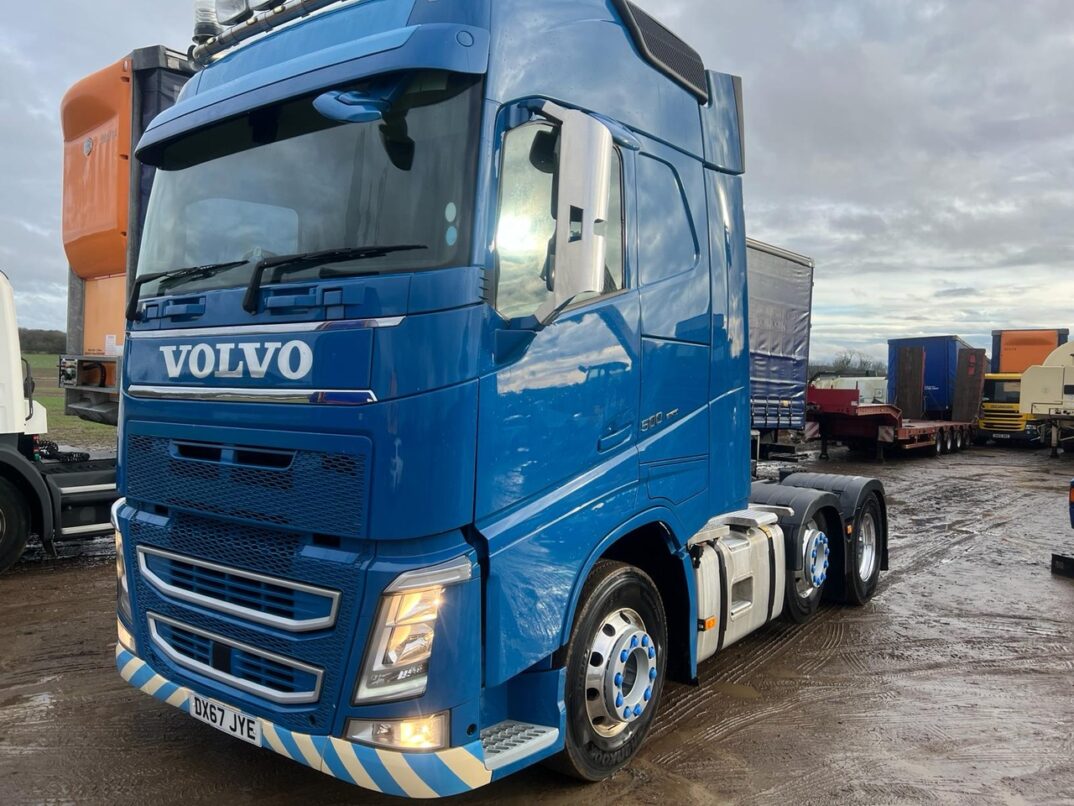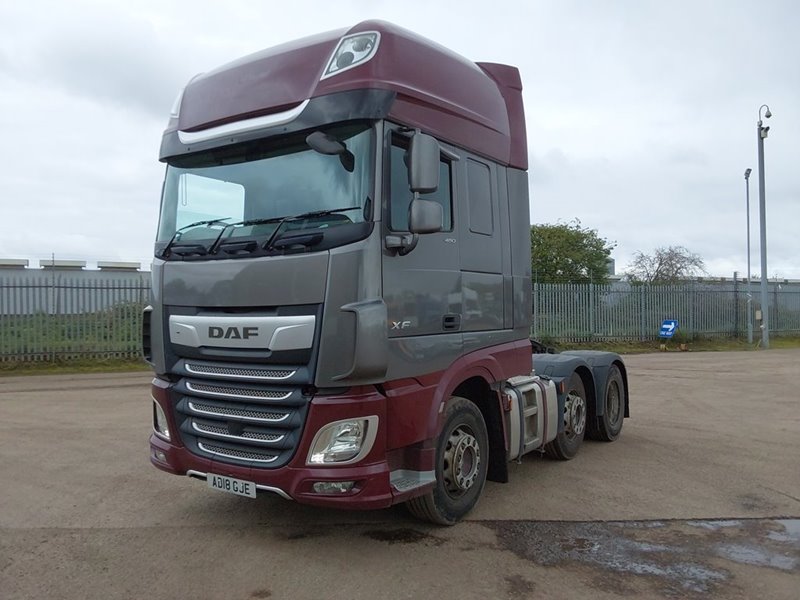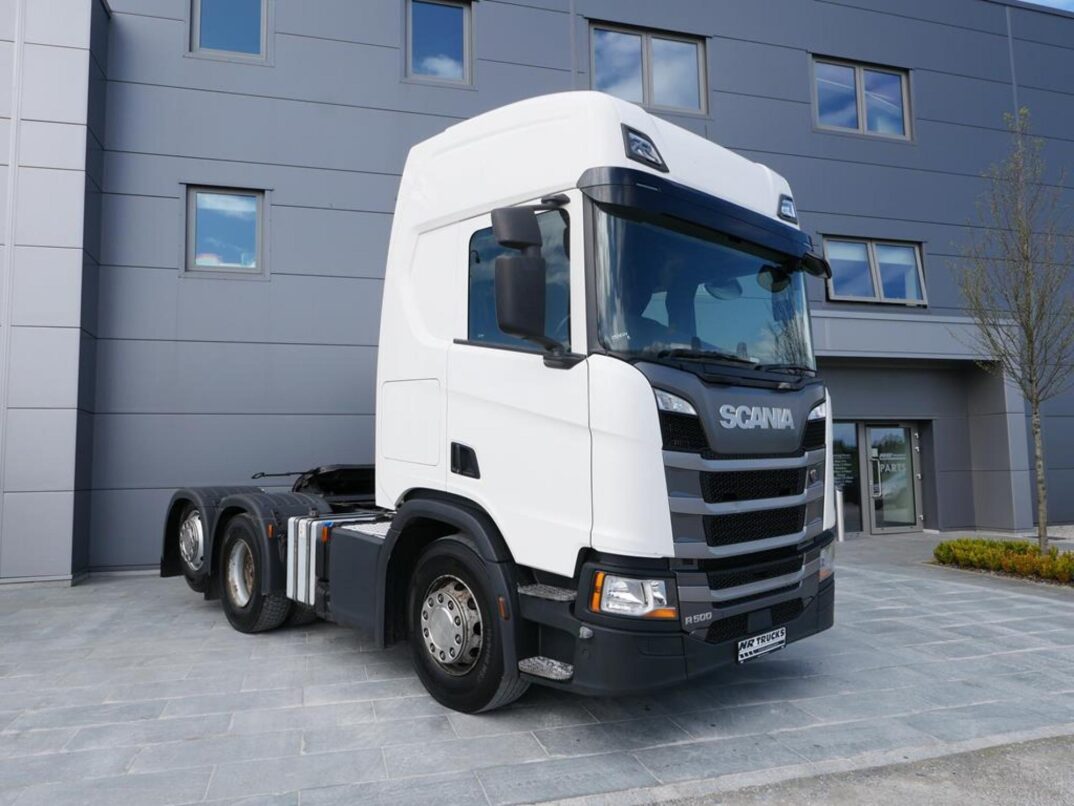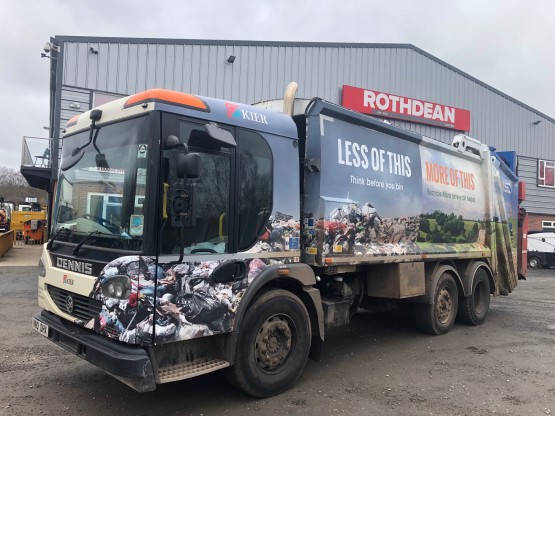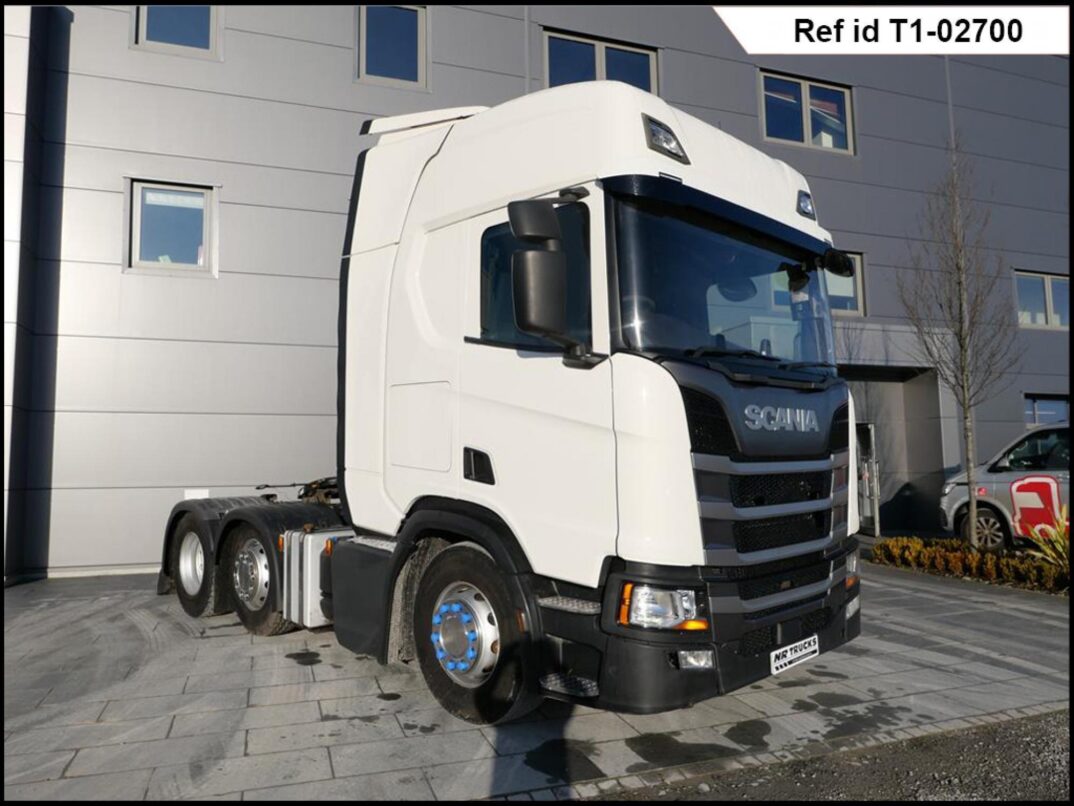Lot No: 40035.0 9.8m - BODY - LENGTH - Rear-Lift - Steer - CONFIGURATION - WITH - Air - SUSPENSION. ~ Stereo: CD, Interior: Cloth, Air Con, Cruise Control, Reversing Camera, TAILLIFT ~1VAT Status: Commercial (plus VAT) MoT: 2024-11-30. DIRECT...
6x2 Trucks for Sale (1220)
6×2 trucks all have three axles, only one of which is a drive axle. This sounds straightforward but becomes more complicated when you consider the types of trucks involved. On these pages we will consider 6×2 rigid trucks – including those pulling a drawbar trailer and tractor units – the most popular type of truck sold in the UK. Read more detail below, but the basic principle is for a tractor unit to be able to have a train weigh of 44 tonnes in the UK it has to have three axles (and pull a three axle trailer). If there is no trailer involved, the maximum allowable weight in the UK is 26 tonnes gross vehicle weight.
Used 6×2 Trucks
As the 6×2 tractor unit is the most common type of truck used in the UK, there is always a huge range here at Truckpages from all manufacturers. Conversely, most rigid trucks are either a 4×2 or an 8×4 (for distribution or tipper work respectively). Therefore there are relatively few 6×2 rigid trucks available in the used truck market.
More 6x2 Trucks Info
6×2 Rigid Trucks
These are trucks that, by definition, are not articulated (compared to tractor unit and semi-trailers which are articulated.)
The drive axles are distinguished by usually having two sets of wheels and tyres on each end of the axles. This means that they are legally allowed to carry ten tonnes, as the load is spread over a greater surface and therefore does less damage to the roads.
The remaining two axles typically have just one wheel and tyre on each end of the axle. This means the most that they can carry is eight tonnes each.
Some simple maths tells us that the most these trucks can carry is 2 x 8 plus 10 tonnes – or 26 tonnes Gross Vehicle Weight.
Lift vs Steer Axles
On a 6×2 rigid the front axle will always be a ‘steer’ axle, (otherwise going around corners would prove very difficult). The other non-drive axle could be a steer axle – these are usually seen on vehicles with an urban duty cycle, such as refuse trucks.
A rear steer axle will generally make a truck more manoeuvrable.
Lift axles are employed to save on tyre wear when the truck is not running at full capacity. Using hydraulics, the axle is lifted clear of the floor. Where the axle is located in front of the drive axle, this is known as a mid-lift axle – when it is at the rear then it is called a rear-steer or a tag-axle.
6×2 Drawbar Rigids
These trucks are simply a normal 6×2 rigid with a special drawbar coupling at the rear to allow them to pull a drawbar trailer. These are not classes as tractor units as they are not articulated with a fifth wheel coupling. The trailers can stand on their own when decoupled as they typically have a minimum of two axles spaced centrally.
In addition to the coupling, rigid trucks that are set up to pull drawbar trailers will have more powerful engines, as the combination weight is approaching that of a tractor unit and semi-trailer in the UK at 40 tonnes gross train weight (GTW).
6×2 Articulated Tractor Units
These are the most common type of truck on the UK’s roads. Unlike through the rest of Europe, tractor units with this extra axle (most continental tractor units are just 4×2) means that they can legally carry an extra four tonnes GVW in the UK (44 vs 40 tonnes).
In terms of operating efficiency these trucks are typically preferred for all except high volume, low weight operations (think carrying polystyrene).
6×2 tractor units can also have a choice of lift axles – mid or rear lift axles.
Latest 6x2 Trucks News
Truckpages Issue 218 is out now
The keen-eyed amongst our truck buyers will see that the pair of Mercedes trucks on this week's front cover are not Actros units, but the beefed-up construction versions, the Arocs. Both 2546 models with 460hp, these are 6x2 models from 2015 with day cabs. This type of configuration doesn't appear every day, but are ideal for high payload operation for bulk work. They are available at G. C. Rickards - all the contact details are available on Page 14. Click to Read Page Turn Magazine Click Image to Read Use the form at the bottom of the page to add…
Flexible Iveco S-Way trucks join the growing North Kent Distribution fleet
Supplied by Acorn Truck Sales, four new Iveco S-Way 530hp 6x2 (AS440S53TX/P) and three flagship Iveco S-Way 570hp 6x2 (AS440S57TX/FP) have recently joined North Kent Distribution’s fleet of 50 vehicles. The company knows all about efficient fleet management and what a difference having the right truck for the mission makes. With different power ratings at its disposal, North Kent Distribution can maximise efficiency and ‘mission match’ each truck. The Cursor 13 engine powers both variants, with the Iveco S-Way 530hp supplying an excellent blend of capabilities and efficiency, while the most powerful Iveco S-Way 570hp delivers ease of performance when…
Truckpages Issue 214 is out now
This is just showing off now. After last week's DAF LF hotbox on the front cover that went through the CVA sale on Tuesday, this week sees another of these specialist trucks - this time for sale and in stock at CB Commercials. This has the larger CF cab with the DVS passenger door window and, as a 2017 model, is fully Euro 6 compliant making it perfect for urban road mending operations. It's a 26 tonne 6x2 rear steer making it suitable for tight spots, yet still able to carry a good 12 to 13 tonnes. This is a…
First Renault T480 High Turbo Compound Tractor Units for Container Work
Felixstowe-based Multimodal Logistics has added five new T480 High Turbo Compound 6x2 tractor units to its fleet, the first for the container haulage operator. Supplied by Renault Truck Commercials, the T480 High TC was chosen for its driver appeal and fuel-economy capability. Equipped with Renault Trucks’ latest DE13 TC engine for optimum performance, the T480 Highs have been selected specifically to benchmark performance against a competitor’s model on the 56-strong fleet. Tim Wray, Managing Director, Multimodal Logistics said: “Our operation has witnessed substantial growth, doubling our fleet size since 2019. After running a competitor’s model during this period, we felt…
Entire Fleet Replacement in Volvo Trucks Coup
You have to be confident in your procurement process to replace a fleet of 61 trucks of one marque with a totally different one in one fell swoop. That’s what DS Smith Logistics has done in taking delivery of 61 new Volvo FM 460 Globetrotter 6x2 tractor units. The new trucks – that arrive via a long-term contract-hire agreement from TIP Group – replace vehicles from a rival manufacturer in the paper, packaging and recycling business’ busy operation. Demonstrator Truck Vital in Procurement Process Volvo Trucks secured the order on the back of the strong performance of a demonstrator that…
Lot No: 40035.0 9.8m - BODY - LENGTH - Rear-Lift - Steer - CONFIGURATION - WITH - Air - SUSPENSION. ~ Stereo: CD, Interior: Cloth, Air Con, Cruise Control, Reversing Camera, TAILLIFT ~1VAT Status: Commercial (plus VAT) MoT: 2024-11-30. DIRECT...
Lot No: 30104.0 6.4m - BODY - LENGTH - Rear-Lift - CONFIGURATION - WITH - Air - SUSPENSION. ~ Stereo: CD, Interior: Cloth, Air Con, Cruise Control, Sunroof: Yes, Drv Airbag, Remote Central Locking, TIPPING GEAR ~1VAT Status: Commercial (plus VAT)...
Twin Sleeper - Automatic Gearbox - Integrated Satellite Navigation & Phone System - Air Conditioning - Heated Drivers Seat - Fridge - 360 Degree Camera System - Near Side & Off Side Audible Lane Change - Near Side Vision Window - 3.9m Wheel Base - Aluminium Fuel...
Lot No: 40108.0 6.2m - BODY - LENGTH - Steer - Mid-Lift - CONFIGURATION - WITH - Air - SUSPENSION. , Loose Items:, KEY (177413)VAT Status: Commercial (plus VAT) MoT: 2024-09-30. DIRECT CONTRACT HIRE & LEASE COMPANY RK19KXW Lot no: 40108.0
Lot No: 40123.0 6.4m - BODY - LENGTH - SteertMid-Lift - CONFIGURATION - WITH - Air - SUSPENSION. ~ Stereo: CD, Interior: Cloth, Air Con, Cruise Control, Sunroof: Yes, EML WARNING LIGHT ~1VAT Status: Commercial (plus VAT) MoT: 2024-12-31. WX16TTK...
Lot No: 3240 *BANBURY* TOPLINE CAB, A/C, MID-LIFT, TWIN FUEL TANKS, SLIDING 5TH WHEEL, FRIDGE, MICROWAVE MoT: 2024-10-31* Price is Plus VAT * Reg No: WX16YPO * No. of former keepers: 2 Weekly...
For Auction at Protruck, Belton, Doncaster on 2024-05-08

